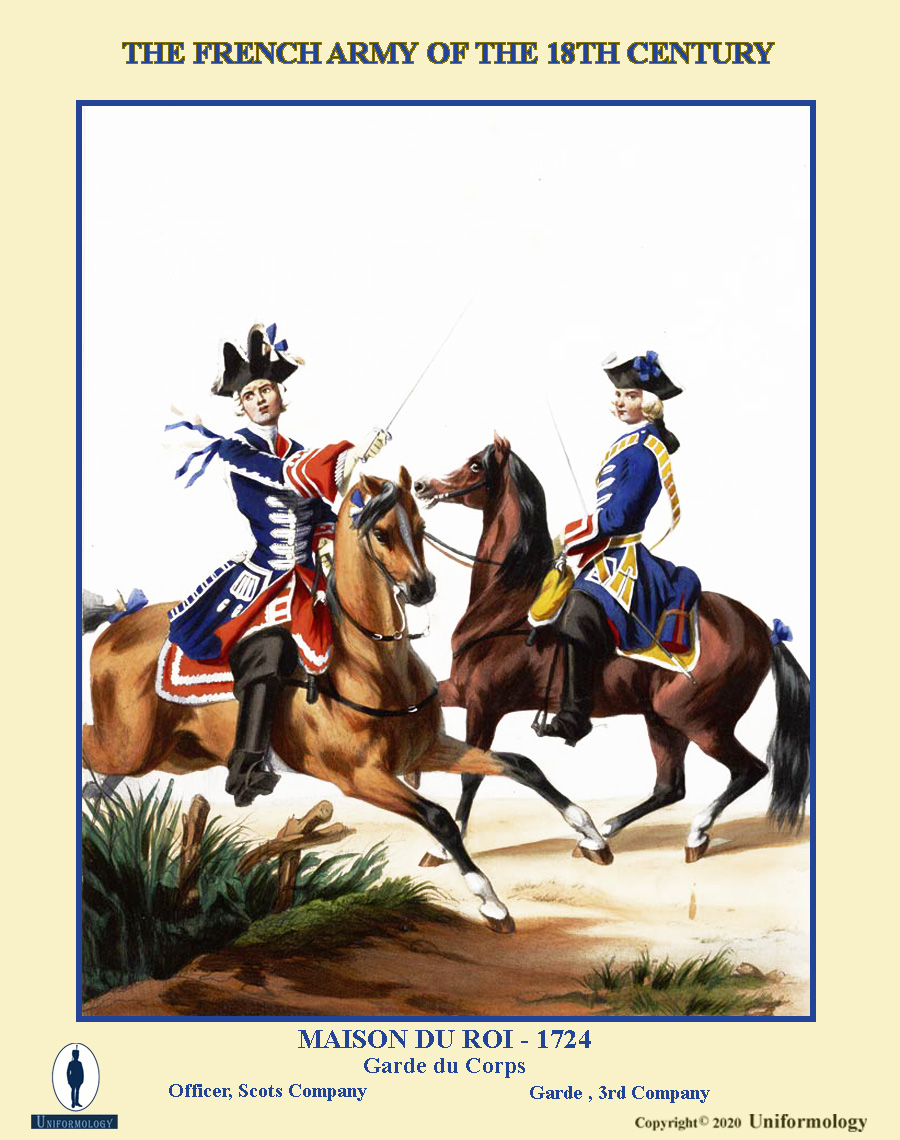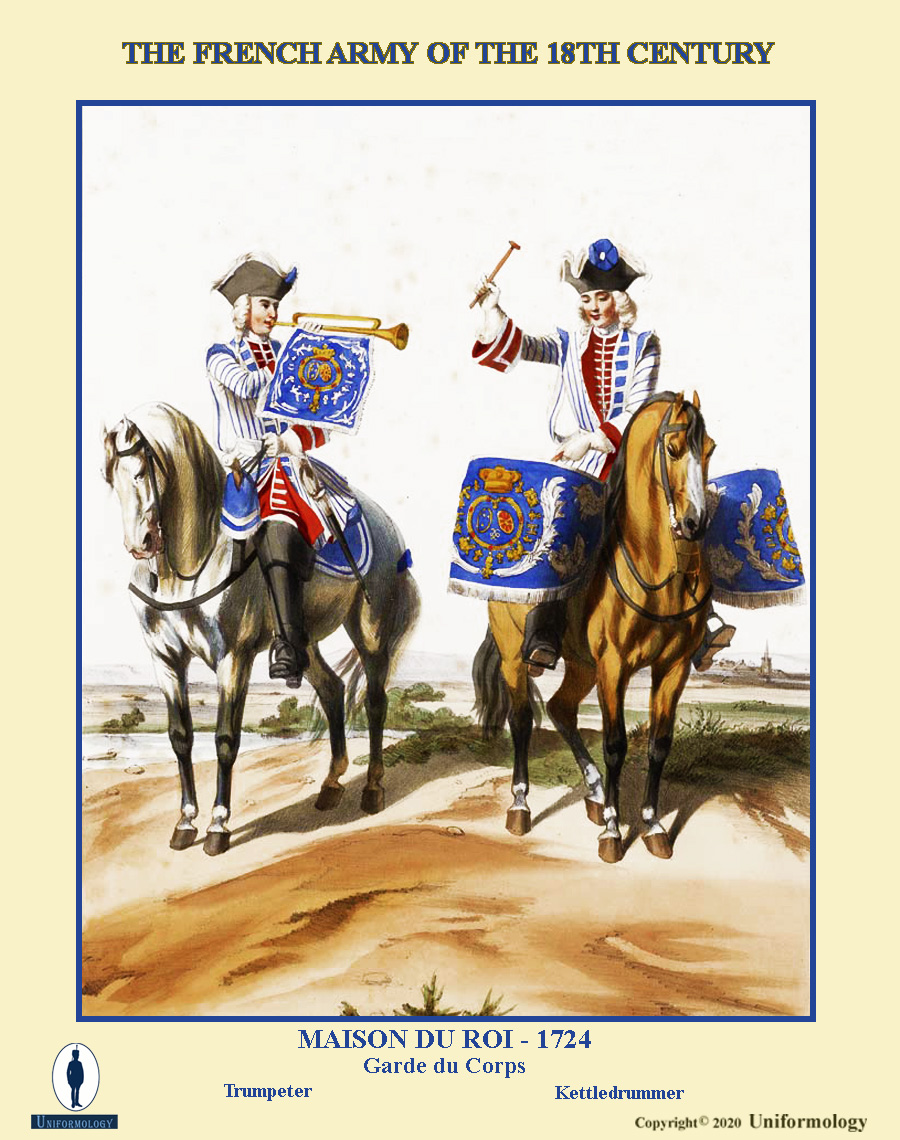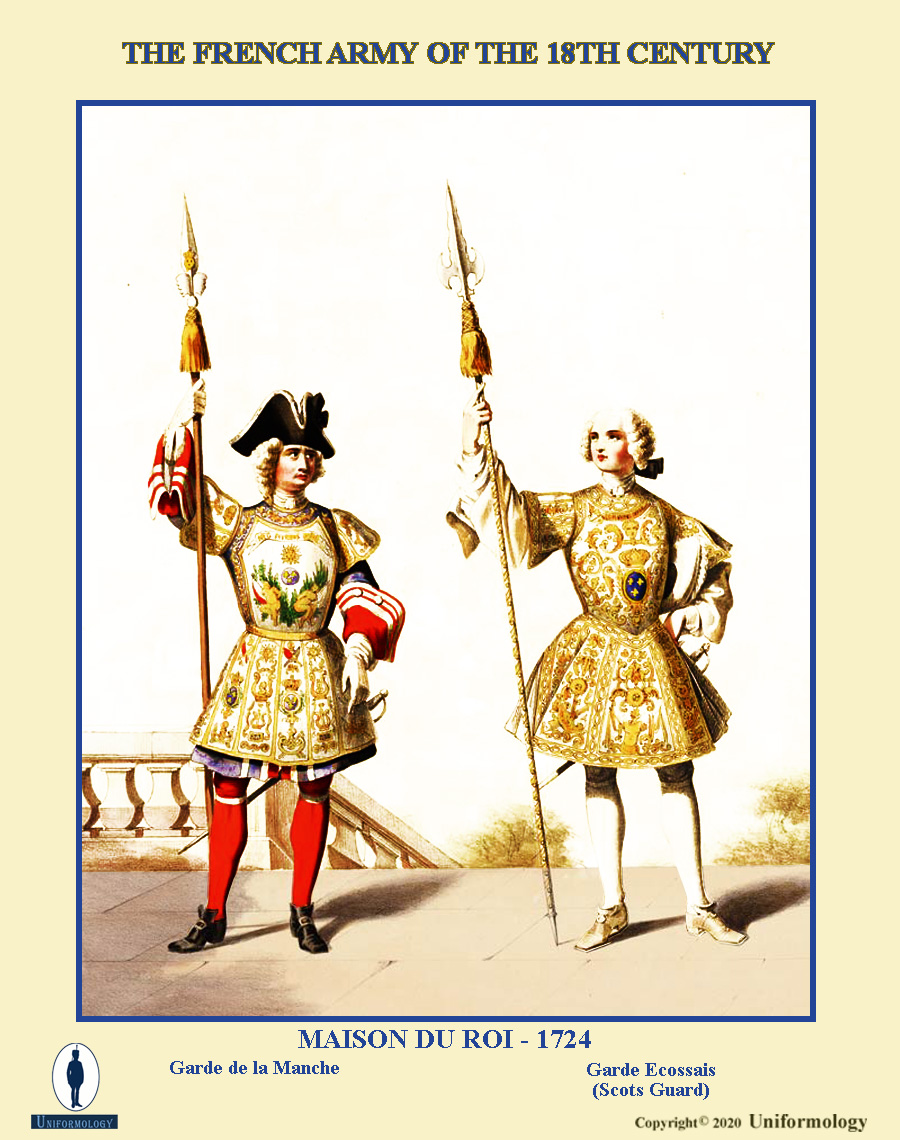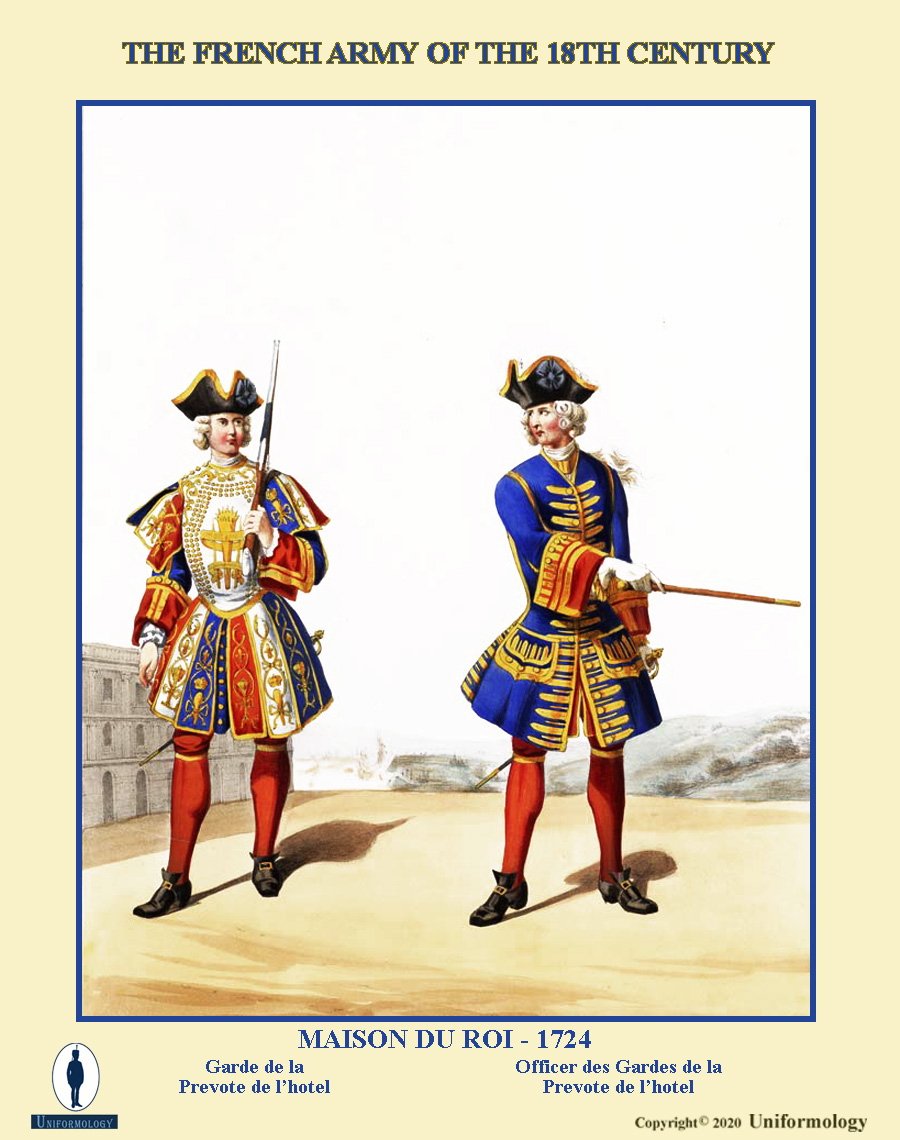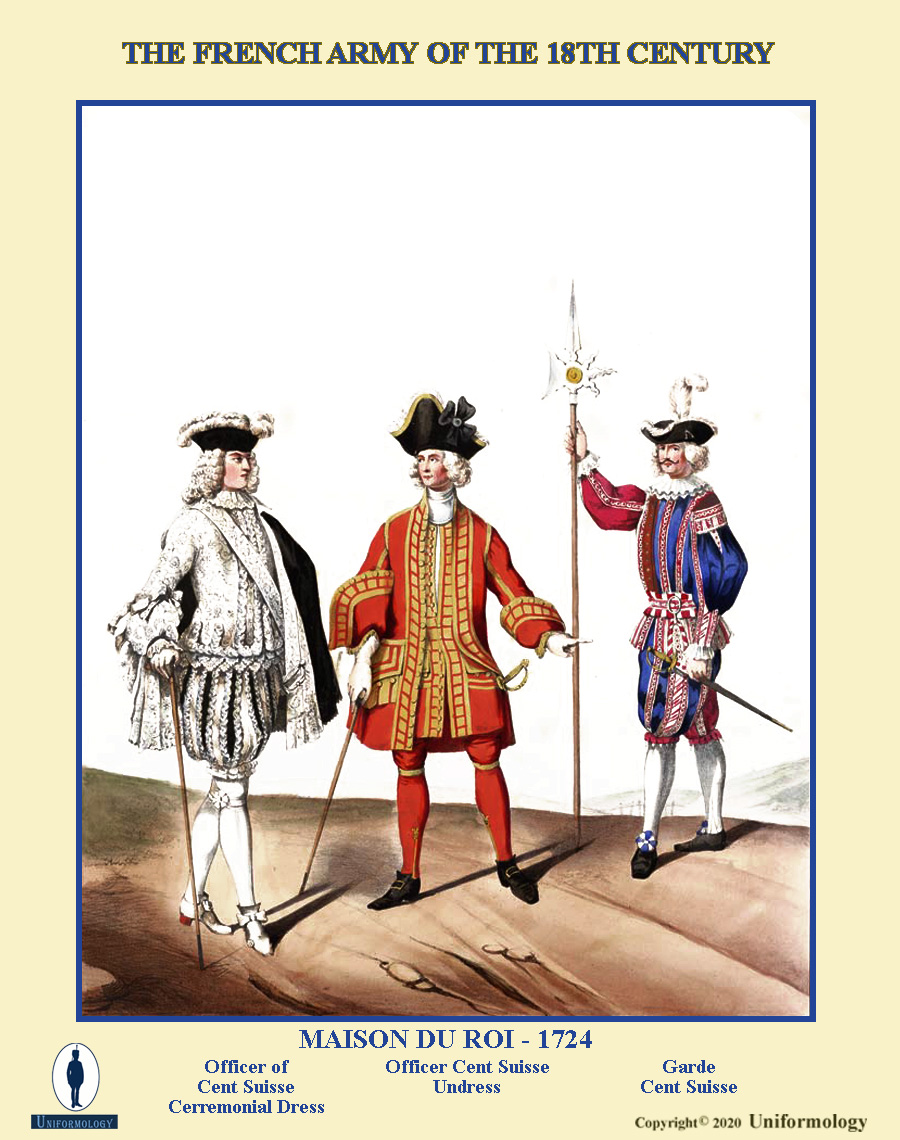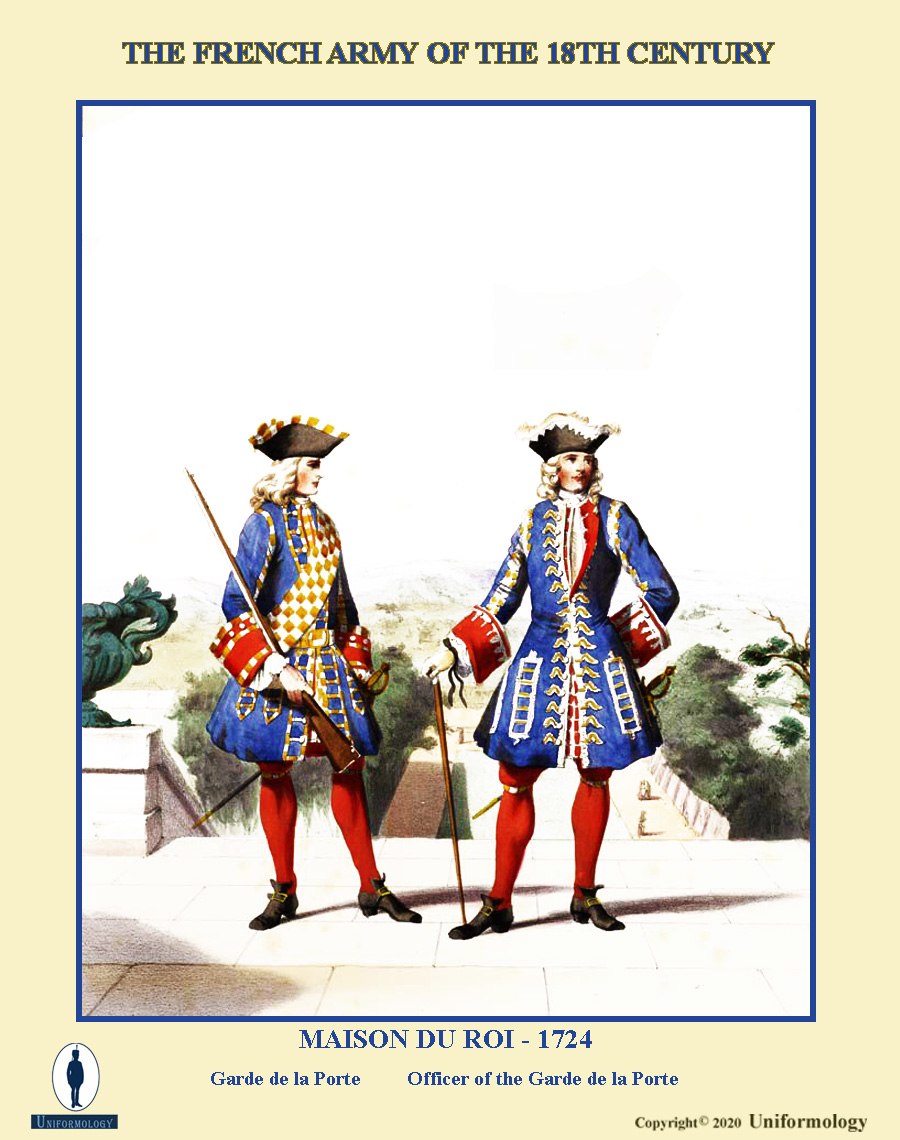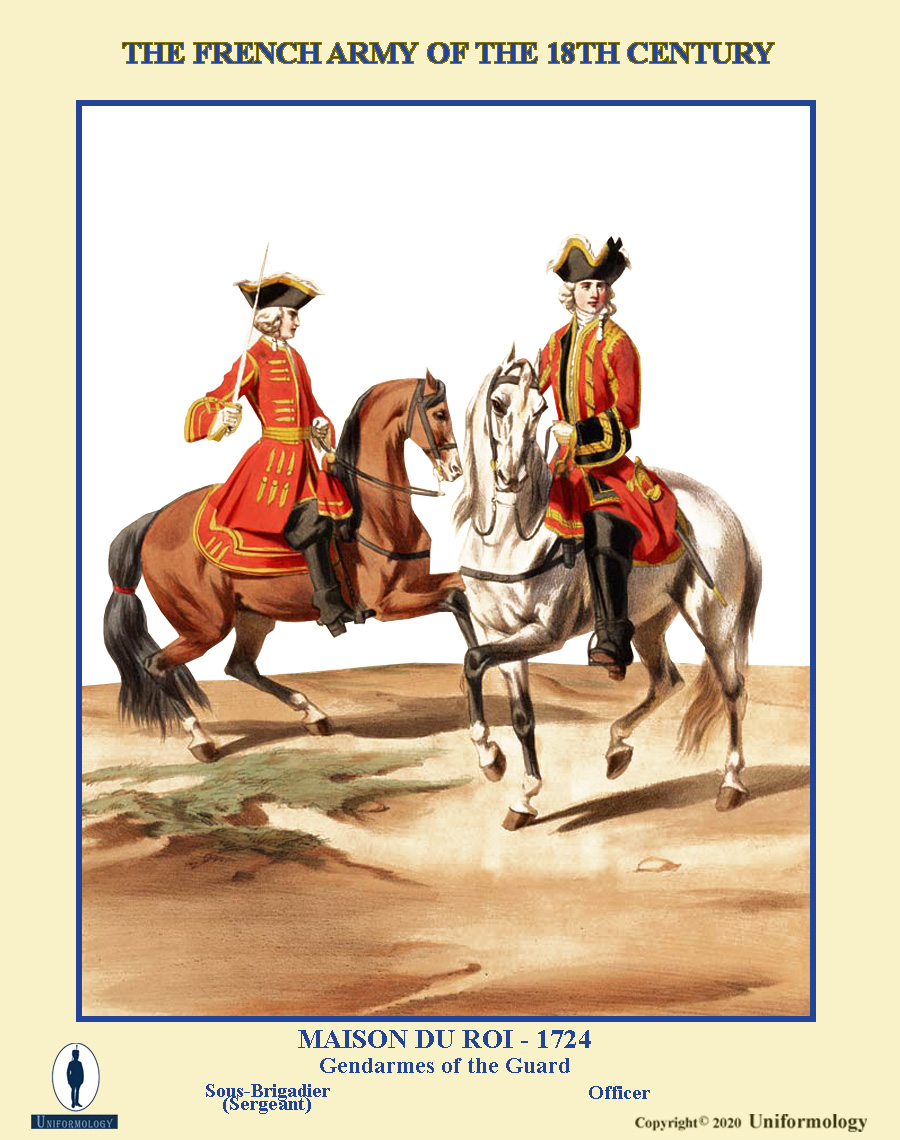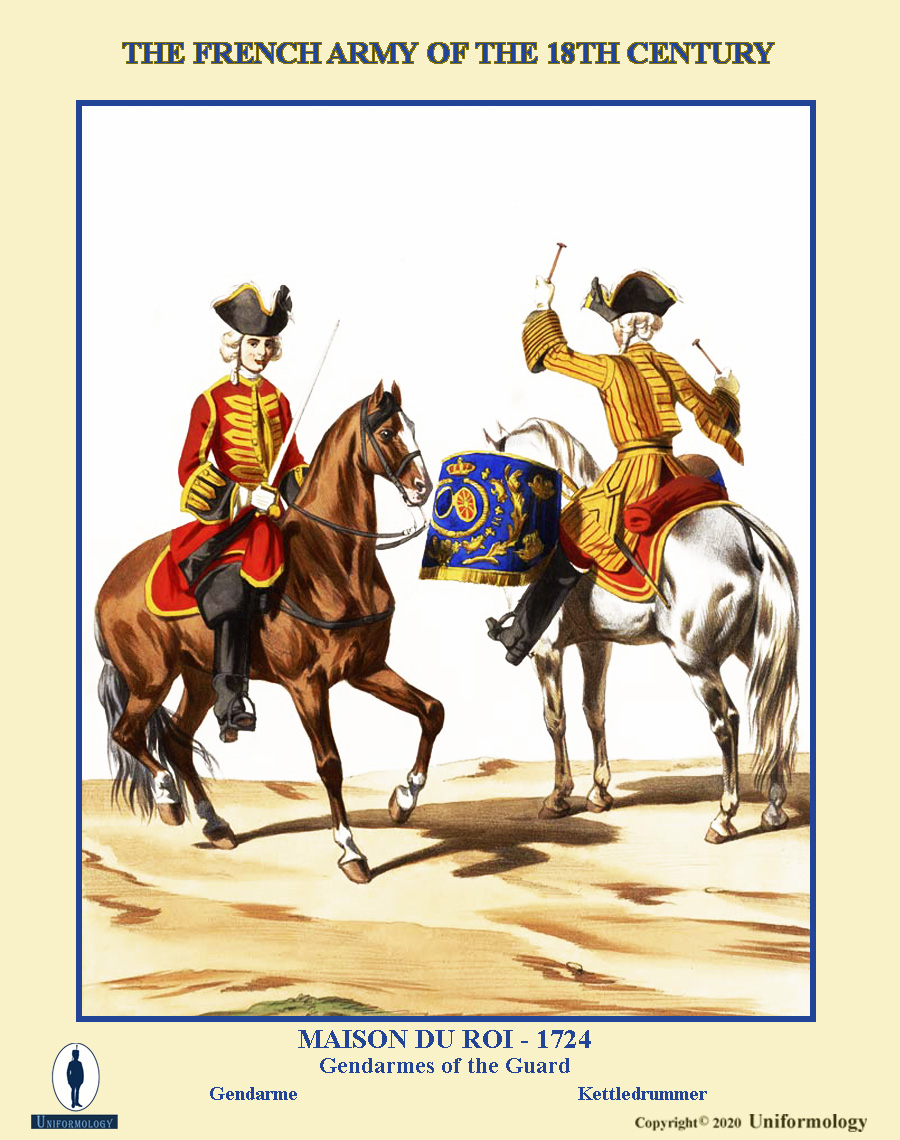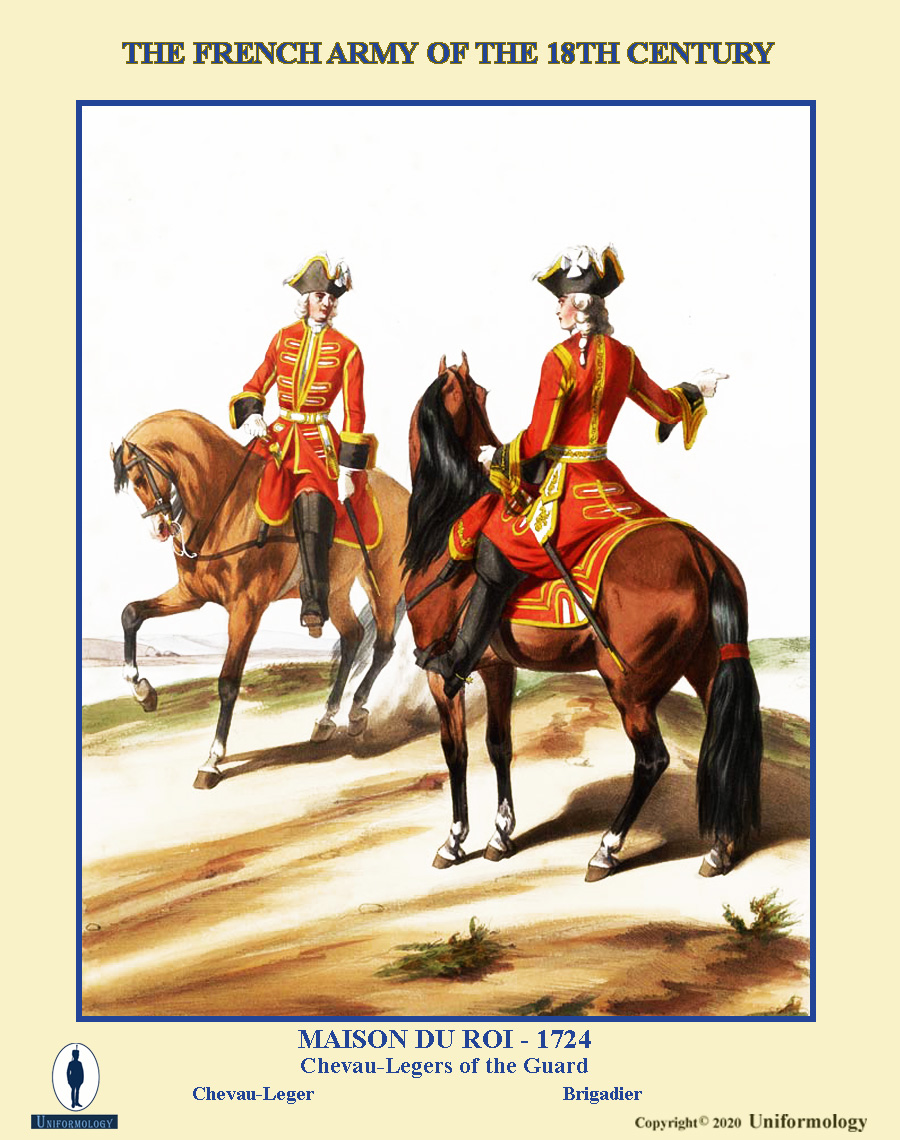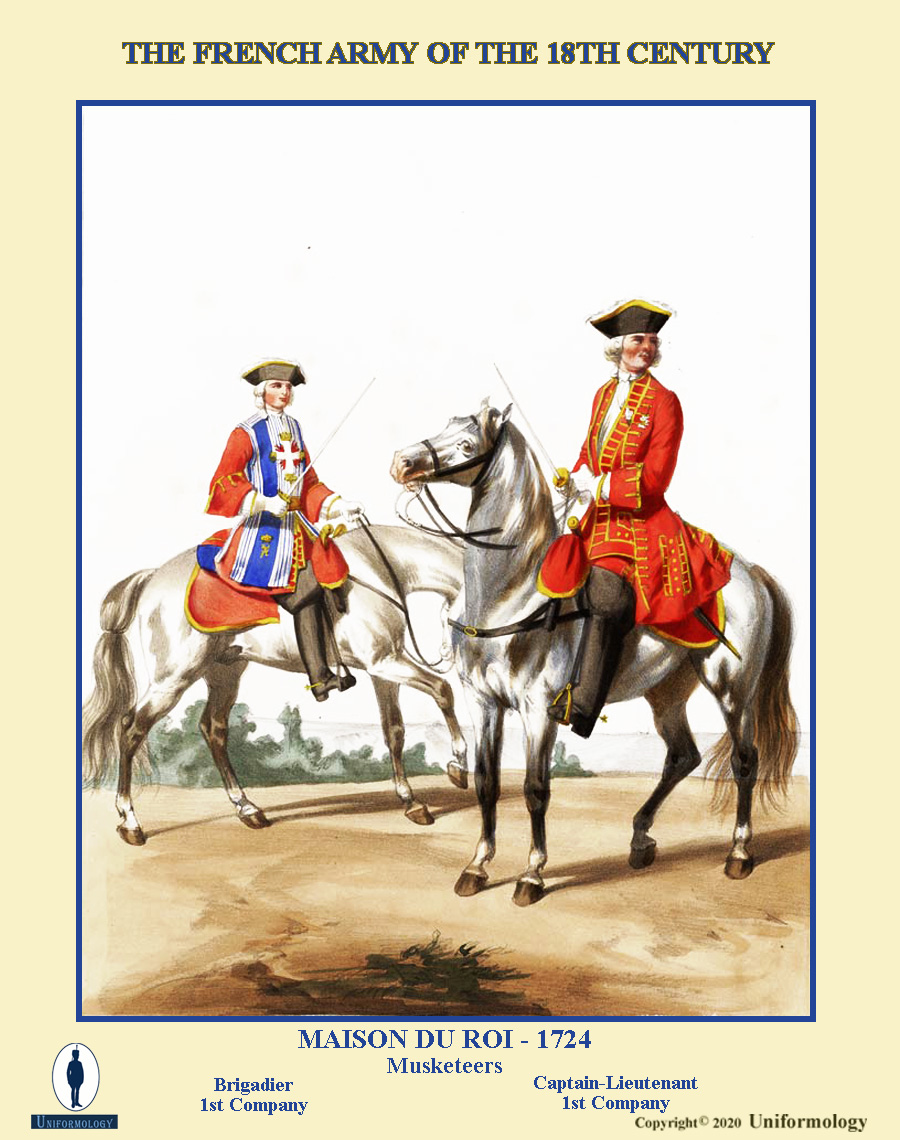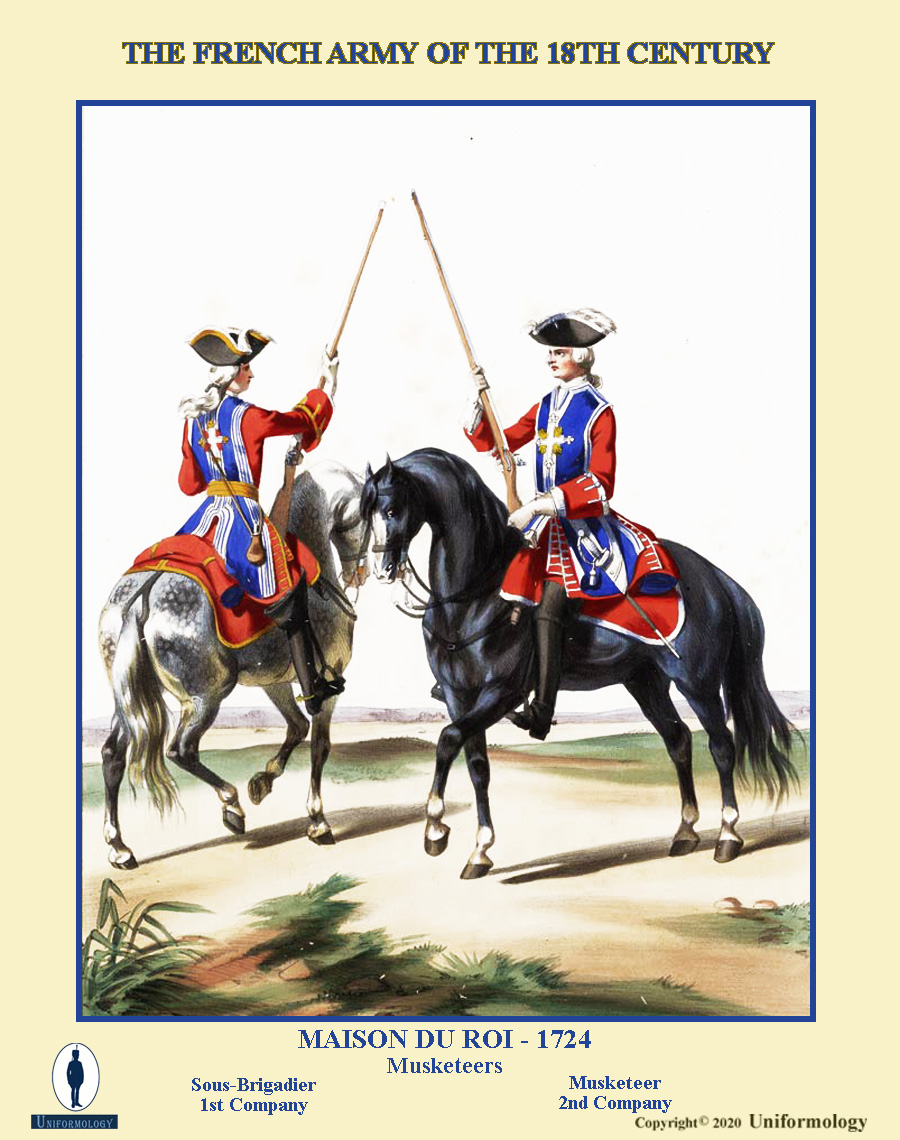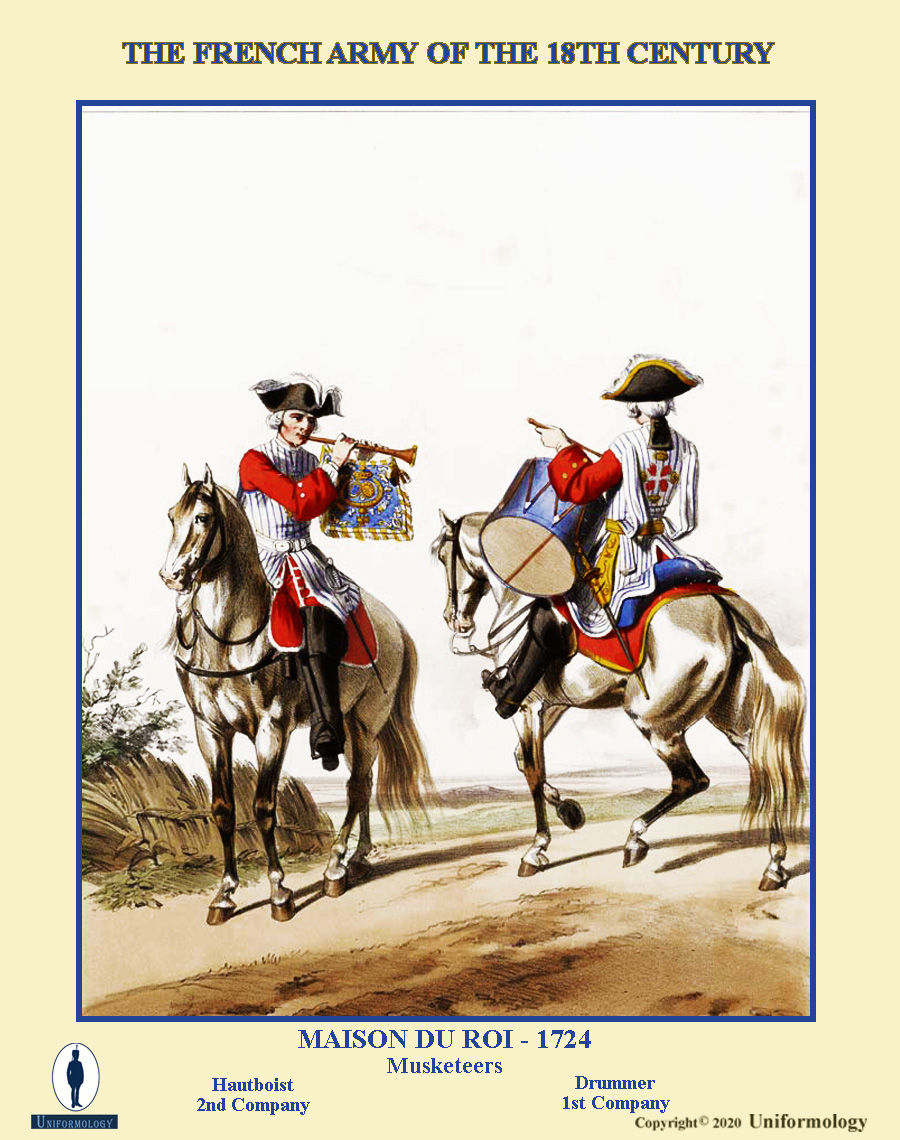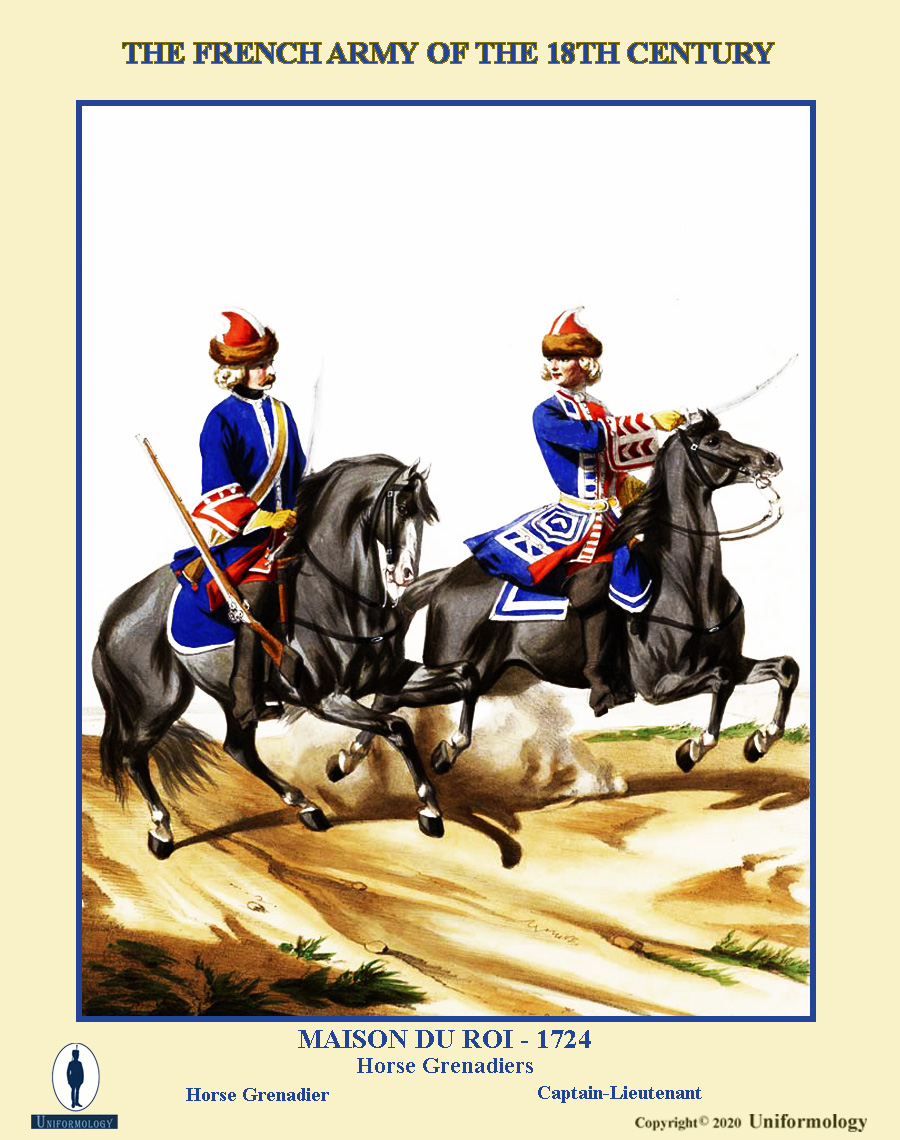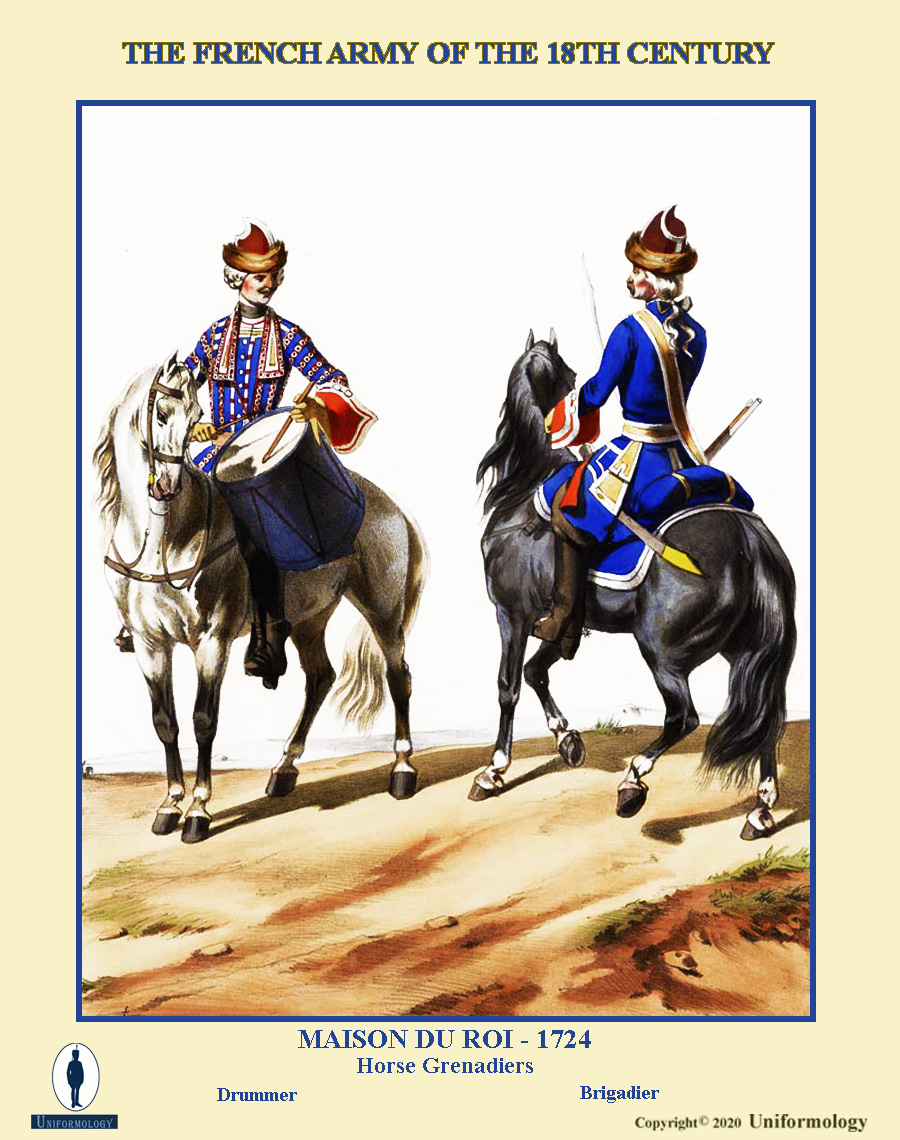THE WORLD OF MILITARY UNIFORMS
1660-1914
FRENCH ARMY OF THE "ANCIEN REGIME"
1700-1792
By Alfred de Marbot
Page 1
ABOUT THE ARTIST
Alfred Charles Adolphe, known as Alfred Marbot (1812–1865), was a French Master of Requests to the Council of State, uniformologist and painter. He was born into an extraordinary military family which for two hundred and fifty years provided generals and military icons to the French nation. The most famous was Baron Jean-Baptiste Antoine Marcelin Marbot (1782–1854), himself the son of a Generaal, who was an Aide de Campe to Marshall Lannes and distinguished himself during the Peninsular War. His memoirs are one of the most famous of the Napoleonic era. One hundred and thirty years later a Marbot commanded Free French forces during the 2nd World War.
Little is known of Alfred beyond the fact that he produced one of the most extensive collections of images of the French Army, particularly of the eighteenth century. His accuracy and attention to detail make him one of the most important uniformologists in history. His hand painted original prints still command high prices.
THE ARMY OF FRANCE 1721-1745
The old army of Louis XIV which had fought in the numerous wars of the latter part of the 17th century and the Marlburian wars of the early 18th, stood relatively unchanged by the time of his death in 1715. The uniforms were still much the same and most of the regiments raised in the 1660s and 1670s remained in place.
Within five years of ascending to the throne Louis XV began to make some significant changes that began to modernise the Army. France had one of the largest and most effective fighting forces in Europe, if not the world. Her soldiers and adventurers had established colonies in North America and India and sought to replace the waning power of Spain. At the core of his army were his household troops the "Maison du Roi" which, although not a large fighting force, contained the most loyal members of his household and provided the leadership requirements of the rest of the army. This study begins with them in 1721.
NEXT: THE GARDE FRANCAIS
& SWISS GARDE

